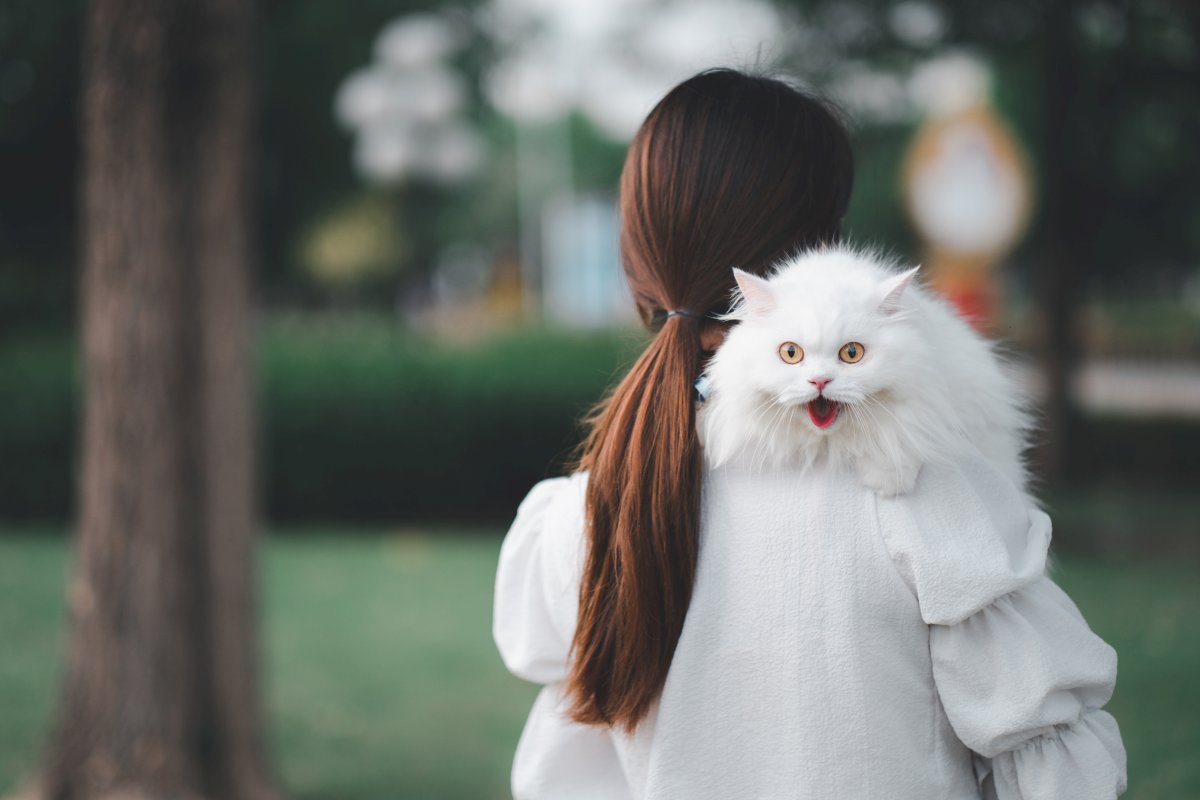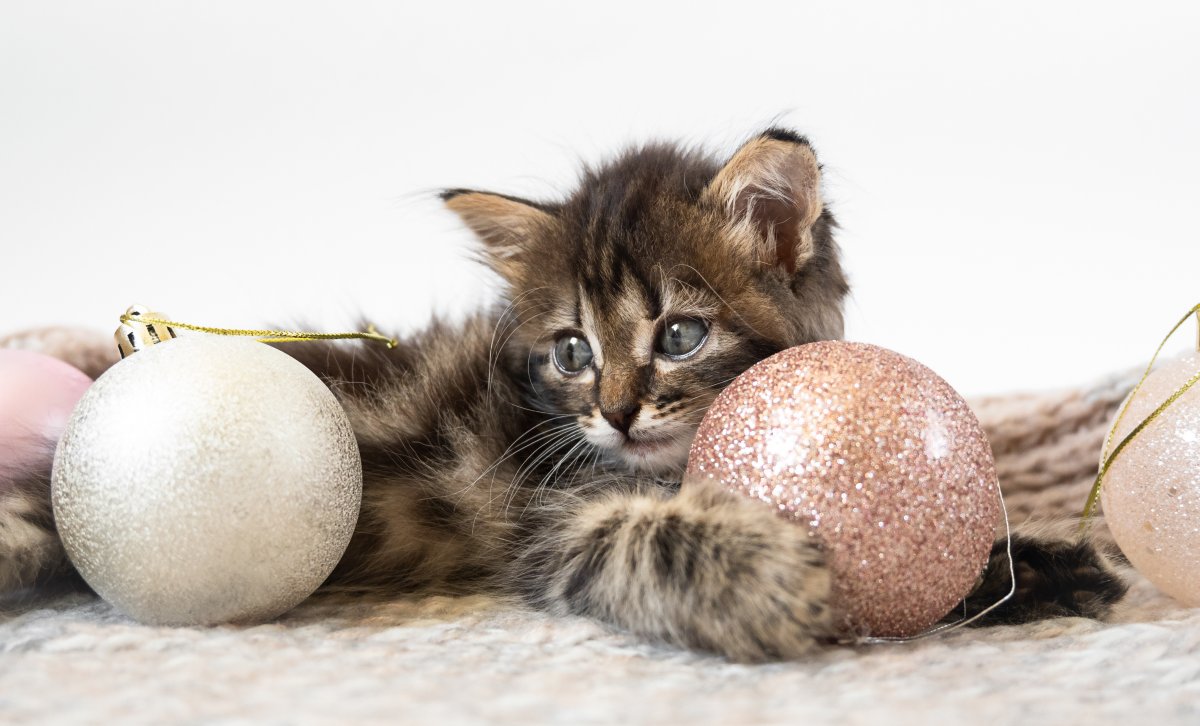Having a cute, cuddly, and snuggly cat is fun until you start facing challenges when caring for her. You always try to keep your feline friend indoors to prevent potential dangers. But did you know keeping your cat entirely indoors can make her develop a few behavioral changes? Such as not being able to climb trees or chase prey.
Unlike dogs, feline animals are more pro enough to scale walls and explore the world. Unfortunately, the outdoors are full of busy roads, predators, poison, and other diseases like feline AIDS, which can easily be transmitted when contacting an infected cat. Many beautiful cat breeds are also at risk of being stolen. Due to all these reasons, many cat owners prefer to keep their feline companions inside permanently.
So, if you are thinking about keeping your cat indoors, then this post is for you! In this article, we have covered some tips that will ultimately make your indoor cat happy. All your cat needs is a friendly environment and attention from her owner that should meet all of her needs!
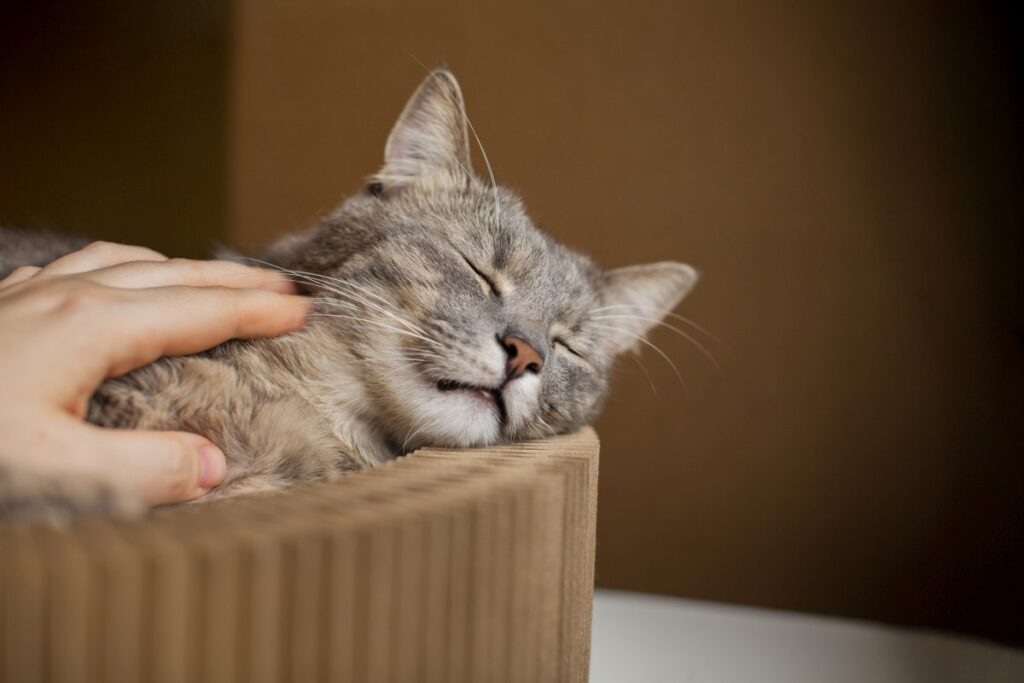
1. Keep Your Cat Happy by Making Her Tired
Cats are athletes by nature, and it is easy for indoor cats to stir crazy if they cannot work out with excess energy. If you want to keep your cat moving, the good news is that plenty of awesome cat toys are available in the market. You can get toys for your cat that look like mice, battery-powered toys with sounds and flashlights, toys with feathers, and toys on strings. These toys will help keep your cat safely indoors because the more she plays, the more she will get tired and is more likely to stay home.
2. Let Her Hunting
Cats are inherently curious feline animals. If your indoor cat doesn’t have enough stimulation, she is more likely to get bored and attempt to escape. In addition to toys, you can help her exercise her natural hunting, such as hiding her favorite treats around the house. Use special treats of puzzles and toys or freeze her treats in ice cubes as it will make your little cat work to get the award with the offer of mental stimulation. These are the tactics used in tigers and lions training to keep their mental and physical condition stable in zoos.
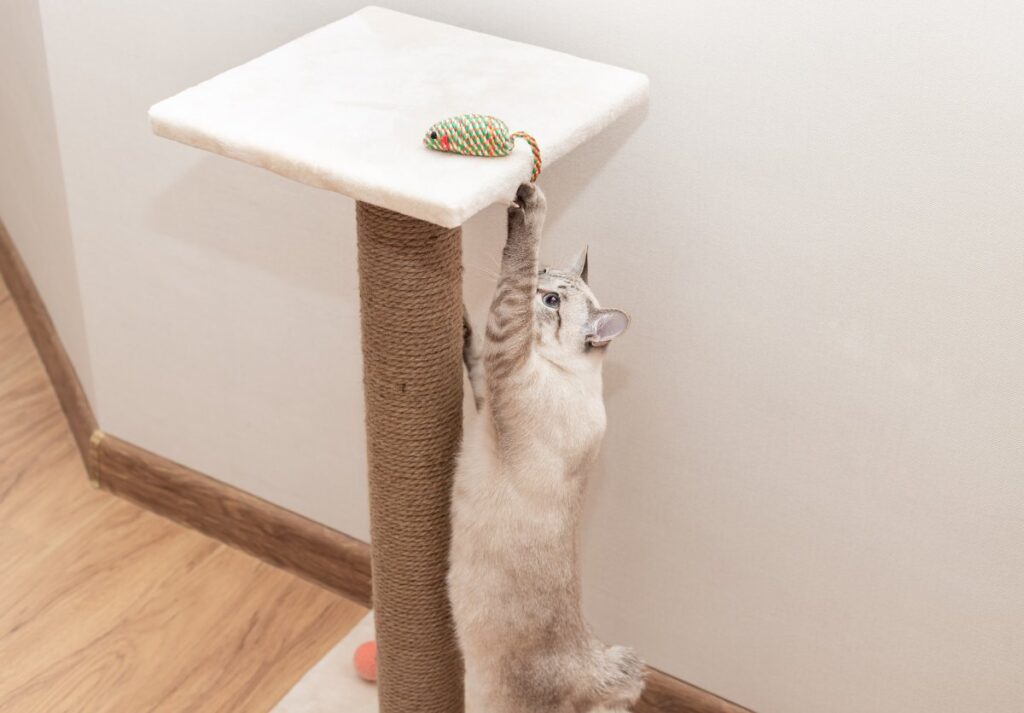
3. Felines Are Natural Climbers, Let Your Cat Climb
Cats are natural wild climbers that tend to pursue prey or climb high places when frightened. Your cat also contains the same climbing instincts.
Get your cat a “cat tree” that comes in all shapes and sizes. It is a great way to allow your cat to exercise, urging her to adopt her inherited climbing habit. You can make your own if you’re handy.
Add “cat shelves” throughout your home to take advantage of vertical space for your feline family members to take it to the next level. It might be as simple as a few wall-mounted floating shelves or elaborate “catwalks” around entire rooms.
In addition, cat shelves also allow your cat to get up high and explore locations that she can.
4. Take Her for a Walk
It would be best to allow your cat to go outside as it is the most responsible way to keep her inside. It’s easy to train your little kitten, but older cats can also learn.
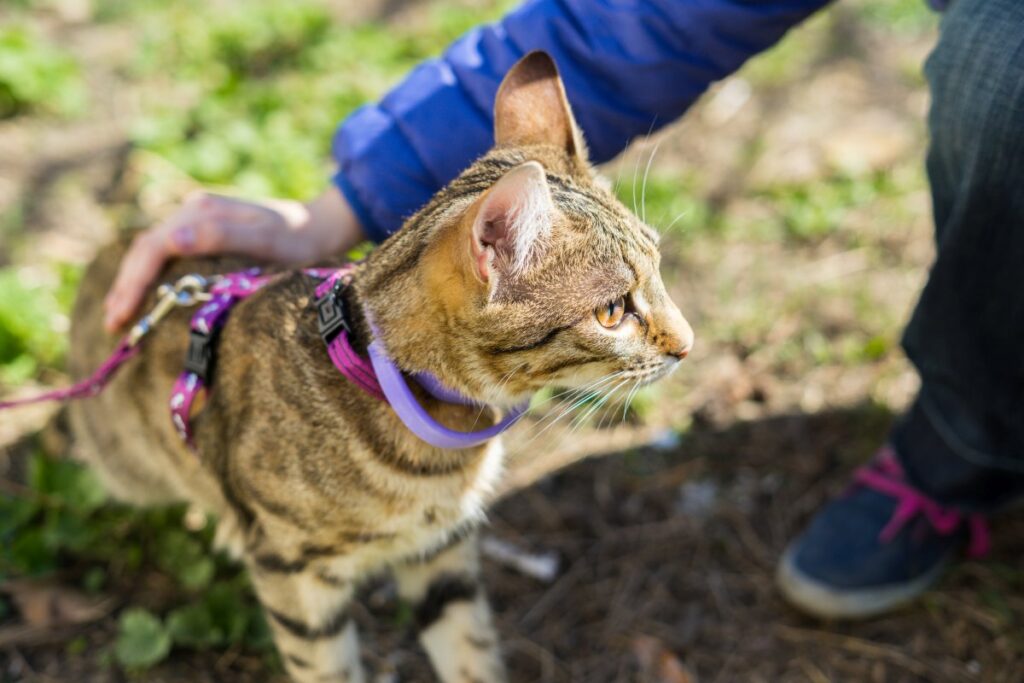
Make your cat wear a harness indoors; once she gets comfortable, move on to the leash and reward her with treats when she walks with you. Never try to pull her leash and once she becomes habitual, try out to take her outside.
Start with short trips, then slowly increase the length if she gets more comfortable. If you find doing this challenging, take help from a professional animal trainer. Keep in mind that walking dogs on leashes used to seem weird, but now it has become common, and the idea goes with cats as well.
5. Spay or Neuter Your Cat
Get your cat spayed and neutered; otherwise, she will be driven by hormones to escape outside to mate. Spaying and neutering will eliminate this stress on your cat; moreover, it will decrease her chances of attempting outdoors. You will also be relieved regarding the unwanted cat population that could be contributed without spaying.
6. Introduce Her New Friend
Introducing your cat to her new feline companion is another way to keep her indoors. She will like to spend her day inside when she gets a buddy to play and run with.
Having a new friend is like a new partner who loves to spend their day at home instead of going great outdoors.
There are many homeless cats at the local shelter; you can get any cat because they might be waiting for you to take them home.
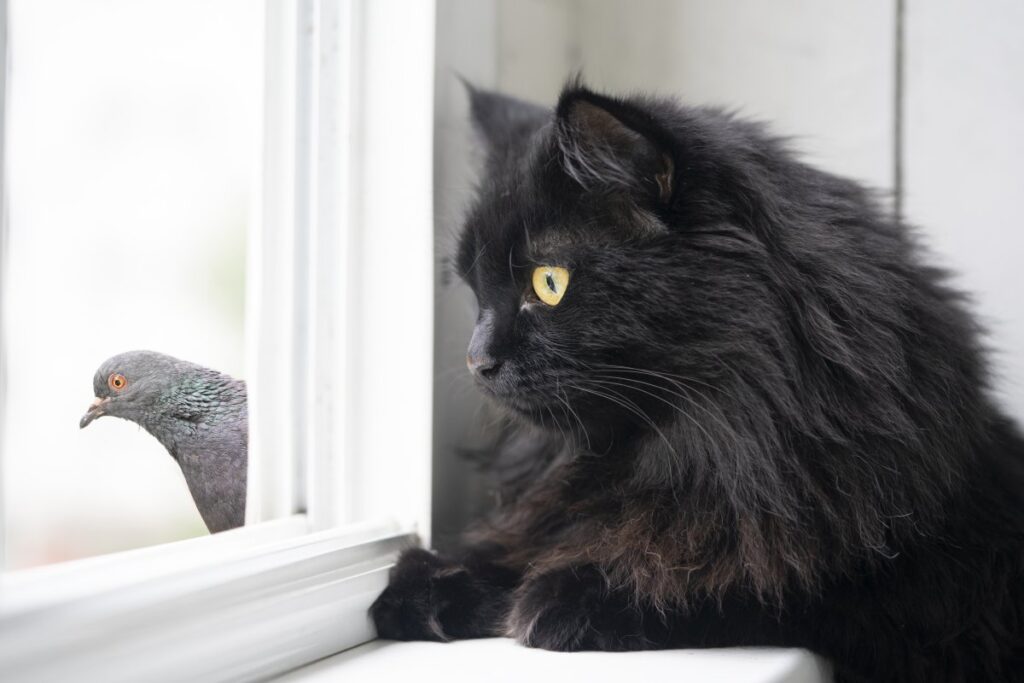
7. Set Up Bird View Station
Domesticated cats kill so many birds and small mammals because those creatures were their ancestor’s natural prey. Even well-fed pet cats have a natural attraction to wildcats’ small creatures.
Set up a bird-watching station inside and let her experience nature. Place a cat window perch outside the window, along with a bird feeder. Your beloved cat will be entertained for hours, and the wildlife will be safe.
8. Give Her Plenty of Love
You adore your cat, and that love can be the most effective way of ensuring her happiness. Unlike their wild forebears, domesticated cats desire human attention, and paying attention to your indoor cat is often the most effective approach to keep her happy. Snuggle your cat, pet her, and you’ll be surprised how much attention from her owner can go a long way toward protecting the wellbeing of your pet cat.
Final Thoughts
When you provide all the physical and emotional needs to your indoor cat, then it means that you are creating a safe environment for her. However, domesticated cats still retain the wild behaviors of their ancestors. Try out the above tips while showing a caring attitude, as it will go a long way to keep your indoor cat happy and safe.


